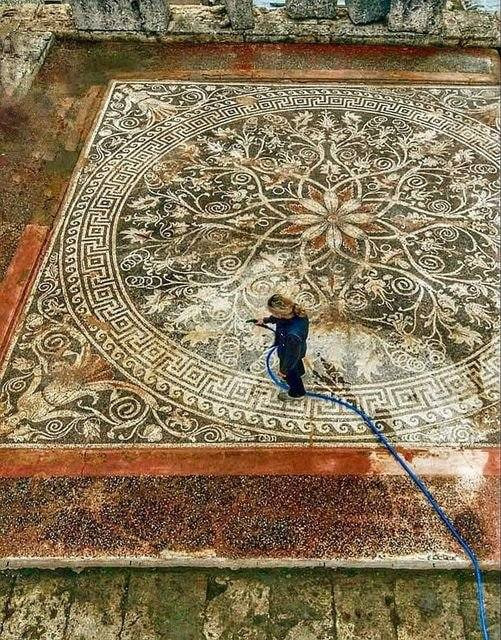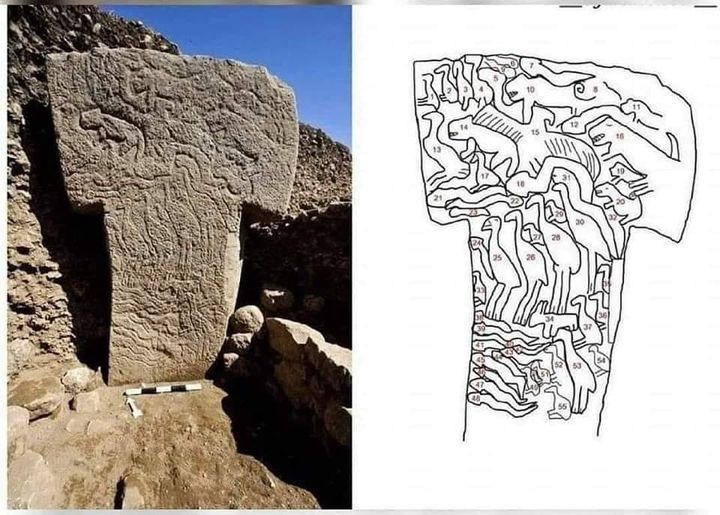In the annals of history, few artifacts evoke the grandeur and might of the Roman Empire quite like the legionary helmet. From the battlefields of Britannia to the sands of North Africa, these iconic helmets were worn by the formidable soldiers of Rome, symbolizing strength, discipline, and military prowess. Among the many surviving examples, one stands out—a Roman legionary helmet discovered in Brigetio, Hungary, dating back to the 1st century CE. In this blog post, we will explore the significance of this remarkable artifact, delving into its design, history, and cultural context.

A Symbol of Roman Might: The Legionary Helmet
The Roman legionary helmet is a quintessential symbol of the power and authority of the Roman military machine. Crafted from iron or bronze, these helmets were designed to provide maximum protection to the soldiers while also conveying a sense of intimidation to their enemies. The helmet from Brigetio, Hungary, exemplifies the classic design of Roman legionary helmets, featuring a rounded bowl with cheek guards, a neck guard, and a distinctive crest holder at the top. Such helmets were essential equipment for Roman soldiers, offering vital protection in the heat of battle.
Discovering Brigetio: Unearthing a Roman Military Outpost
The discovery of the legionary helmet in Brigetio, Hungary, offers valuable insights into the military presence of the Roman Empire in the region during the 1st century CE. Brigetio, located along the Danube River, was an important military outpost and river port, serving as a strategic hub for Roman forces in their campaigns across the Danubian frontier. The presence of such a well-preserved artifact in Brigetio underscores the significance of the site in Roman military history and provides archaeologists with a glimpse into the daily lives of Roman soldiers stationed there.
Life as a Roman Legionary: Warfare and Conquest

For the Roman legionary, life was a relentless cycle of training, discipline, and warfare. Armed with their iconic helmets, lorica segmentata armor, and gladius swords, these soldiers were the backbone of the Roman military machine, conquering vast territories and defending the borders of the empire. The discovery of the legionary helmet in Brigetio offers a poignant reminder of the sacrifices and struggles endured by Roman soldiers, as they marched across distant lands in the service of their empire.

As we reflect on the significance of the Roman legionary helmet from Brigetio, Hungary, we are reminded of the enduring legacy of the Roman Empire and the indelible mark it left on the course of history. From the battlefields of ancient Europe to the pages of textbooks, the Roman legionary helmet serves as a potent symbol of military might, ingenuity, and conquest. Through careful study and preservation, archaeologists continue to unlock the secrets of the past, shedding light on the lives of those who came before us and enriching our understanding of the ancient world.
Archaeological Significance:
The discovery of the Roman legionary helmet in Brigetio, Hungary, is a testament to the enduring legacy of the Roman Empire and the meticulous work of archaeologists in uncovering its secrets. Through careful excavation and analysis, researchers gain valuable insights into the military history and culture of ancient Rome, providing a window into the lives of Roman soldiers stationed along the Danubian frontier. The helmet serves as a tangible link to the past, offering a glimpse into the daily lives and experiences of those who served in the legions of Rome, and enriching our understanding of the complexities of ancient warfare and conquest.






